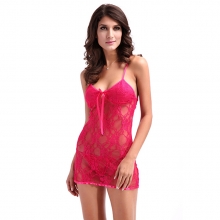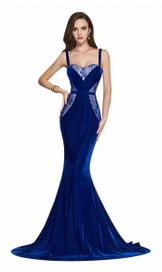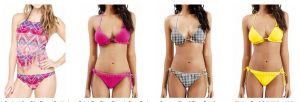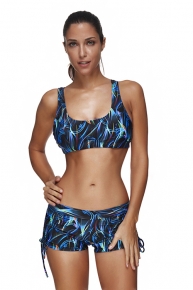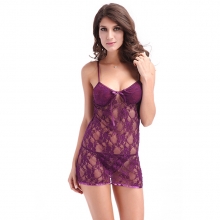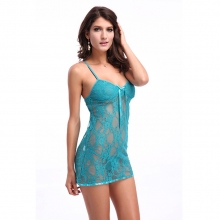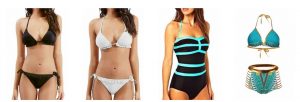Valerie Steele once wrote that the corset is “possibly the most controversial garment in the history of fashion.” In fact, the fashion historian and director of the Museum at FIT devoted an entire book to the subject titled The Corset: A Cultural History. So it’s no surprise that stylish women, including Miuccia Prada, Kim Kardashian, and Gigi Hadid, have picked up on the fashion item in recent months and turned it into something we’re
beginning to see everywhere, from the runways to the streets and even the gym. The main difference, however, is that women are now wearing the corset as a way to flaunt their curves rather than restrain them.
Kris Jenner moved her raucous ways from the camera to the party on Wednesday evening as she headed to Kathy Hilton’s 58th birthday bash alongside her sisters at celeb hotspot Craig’s restaurant – living it up among her fellow TV stars.The 61-year-old momager looked stunning in her sheer gold gown which flashed a mass of her bra from underneath shortly before she risked showing off her derriere while climbing into a cab at the end of the night.
While it may have been Kathy’s celebration, after she turned 58 on Monday, Kris stole the show in a hard-to-miss gold dress complete with a sheer body and busty front.Despite her sexagenarian status, she still showed off her youthful flare for fashion in her scanty mini which flaunted her push-up bra atop her perky cleavage.
The gown was a mix of textures, with beading, ruffles and a Lamé body making for a dazzling finish, while her exposed black bra perfected the look.The grandmother of six gave a nod to the cardinal legs or cleavage rule as she wore the metallic frock with thick black tights and lace up boots.
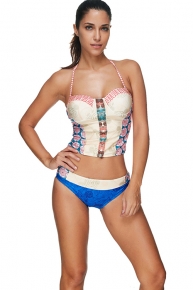
The history of the highly debated garment is loaded. Once used a medical device to correct the spine more than 400 years ago, the corset was originally made of metal. Later, the item—constructed of whalebone or wood—became an essential part of any respectable woman’s wardrobe. “It was a normal part of clothing, like wearing a bra or panties would be now,” Steele tells Allure. The ones we’re seeing on the runways today are quite the opposite: soft, flexible fabrics that support rather than modify the body and crush organs.
Similarly, Prada’s fall 2016 show had many models walking down the runway in corsets that laced in the front. The pieces were made of cotton, denim, and even knits. At Maison Margiela’s fall 2016 show, the massive buckled belts worn over sleeveless blazers mimicked the effect of corsets.
The great thing about the look is that it can elevate almost anything you pair it with. Plus, it totally defies the male gaze by allowing you to flaunt what you want when you want—no discomfort required. In the words of Steele, “It’s kind of remarkable that a garment that could be so criticized and so hated, to then be reappropriated as a sign of female sexual agency and power.”

